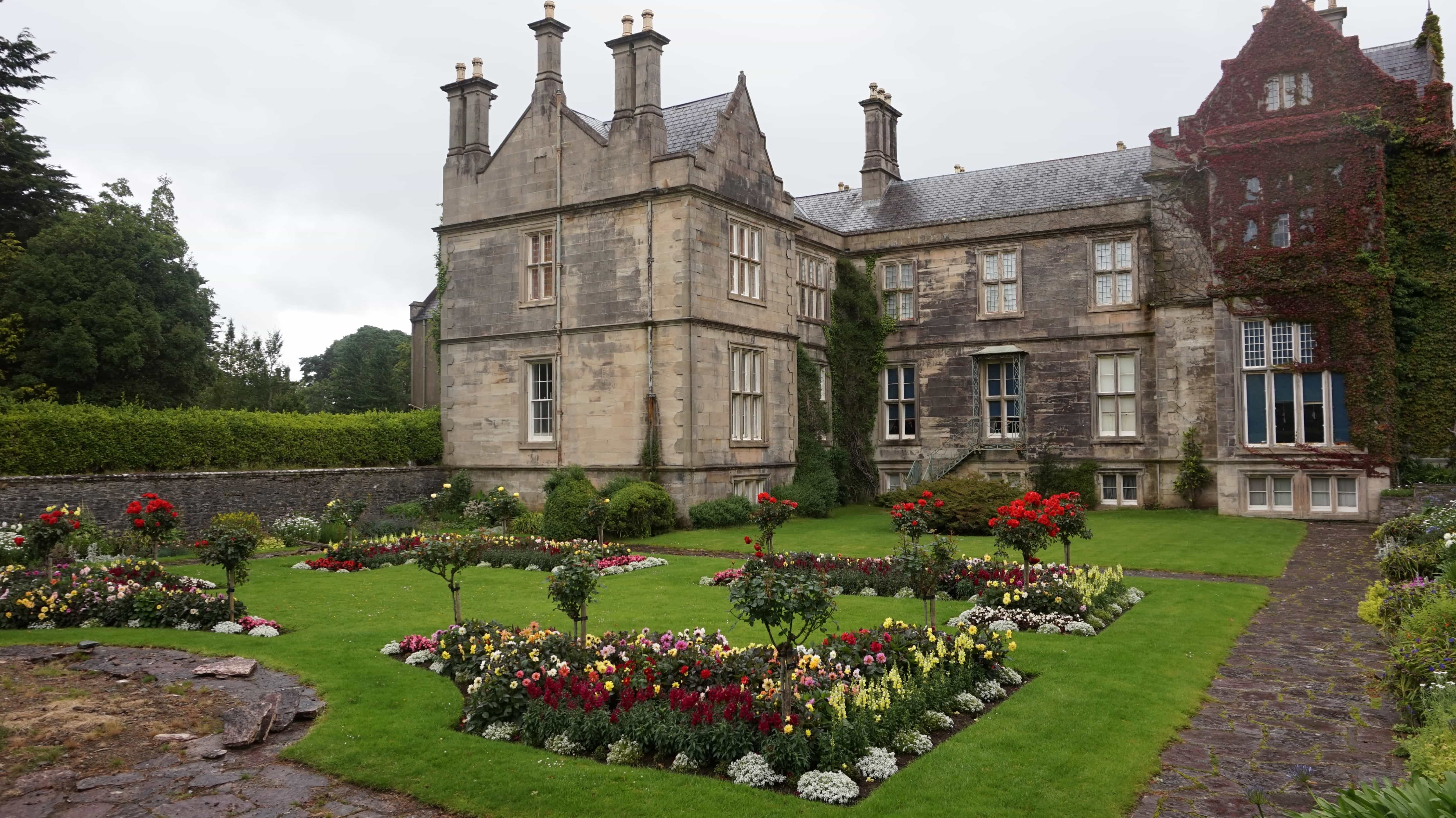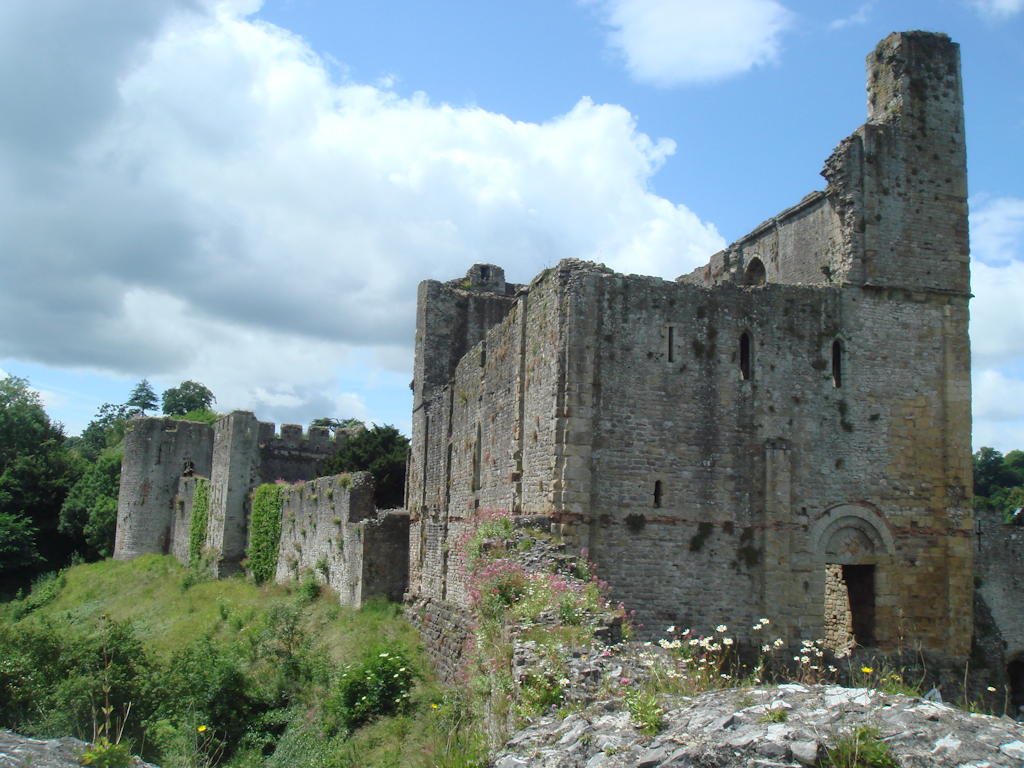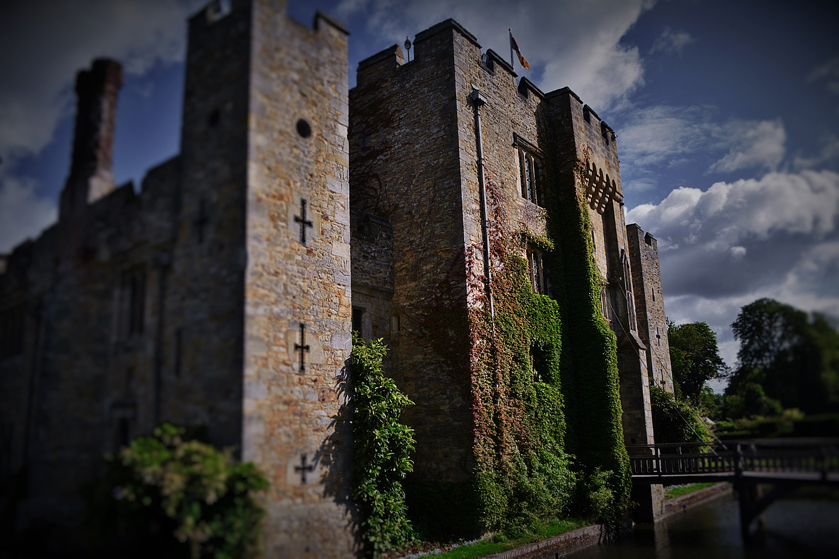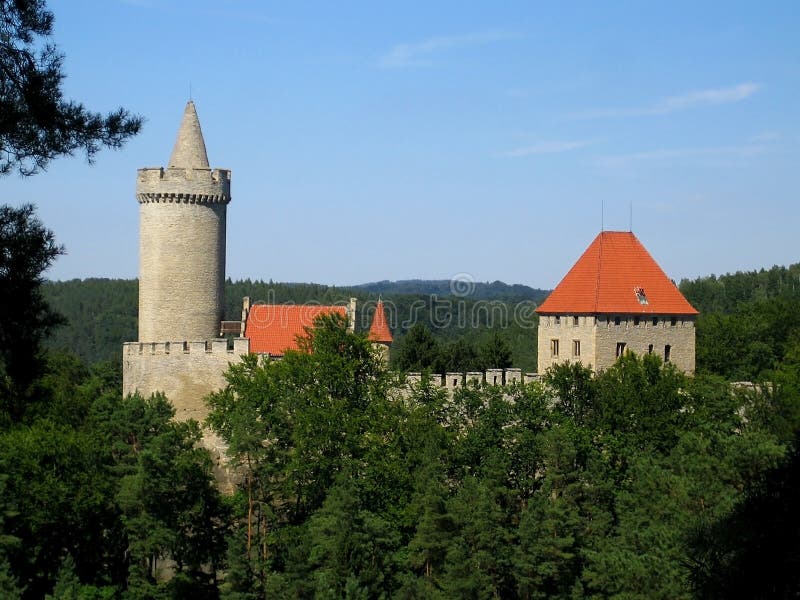

Clare lies Knappogue Castle, a 15th century restored medieval tower house that proudly stands as a. In the case of fortified manor houses, battlements were more for show than defence. Tucked away amid the rolling hills of Quin in Co. Inside domestic life often centred around the Great Hall where the wealthy could entertain guests with lavish feasts. At the same time, gateways evolved from simple openings within towers to twin towered gateways, keeps in their own right.Īnd castles built with an outer wall around the curtain wall were known as concentric castles. At first, it was just a wall with a crenelated parapet but over time the defences were developed and more towers were added.įighting platforms were built, first from timber and later stone. The curtained wall was one of the castle’s most important defensive feature. The great tower in all its forms became a symbol of power and nobility. There was no tactical reason for building them so high. However the timber constructions were vulnerable to fire so shell keeps were built to protect the wooden structure within a stone wall or shell.ĭuring the time when the motte and baileys were being built, powerful noblemen were constructing the Norman great towers. Later earth mounds and timber towers were built forming a type of castle called a motte and bailey. The first castles were just earthwork enclosures. Your browser does not support the audio element.A medieval castle had two purposes: it was both a fortification and the home of a lord.

Listen to a recorded reading of this page:.An all-weather, all-in-one heritage entertainment. Take a ten question quiz about this page. Visit the only medieval Castle and Norman Village reconstructed on its original site to exist in the world.


Leeds Castle - Built in 1119, this castle later became the residence of King Edward I.Over time the tower has served as a prison, treasury, armory, and royal palace. The large White Tower was started in 1078 by William the Conqueror. Crowning a rocky crag and boasting spectacular views, Beeston is one of the most dramatically sited medieval castles in England. Today it is still the primary residence of English royalty. Windsor Castle - William the Conqueror built this castle after he became ruler of England.Generally they were cut out from walls allowing defenders to attack while still being protected by the wall. Battlements - Battlements were at the tops of castle walls.Gatehouse - The gatehouse was built at the gate to help reinforce the castle defenses at its weakest point.Arrow Slits - These were slits cut into the walls that allowed archers to shoot arrows at attackers, but remain safe from return fire.Curtain Wall - The wall around the castle which had a walkway on it from which defenders could fire arrows down onto attackers.Keep - The keep was a large tower and the last place of defense in a castle.It could be filled with water and there was typically a drawbridge across it to get to the castle gate. Moat - A moat was a defensive ditch dug around the castle.Although castle design varied widely throughout Europe, there were some similar features that many castles incorporated:


 0 kommentar(er)
0 kommentar(er)
